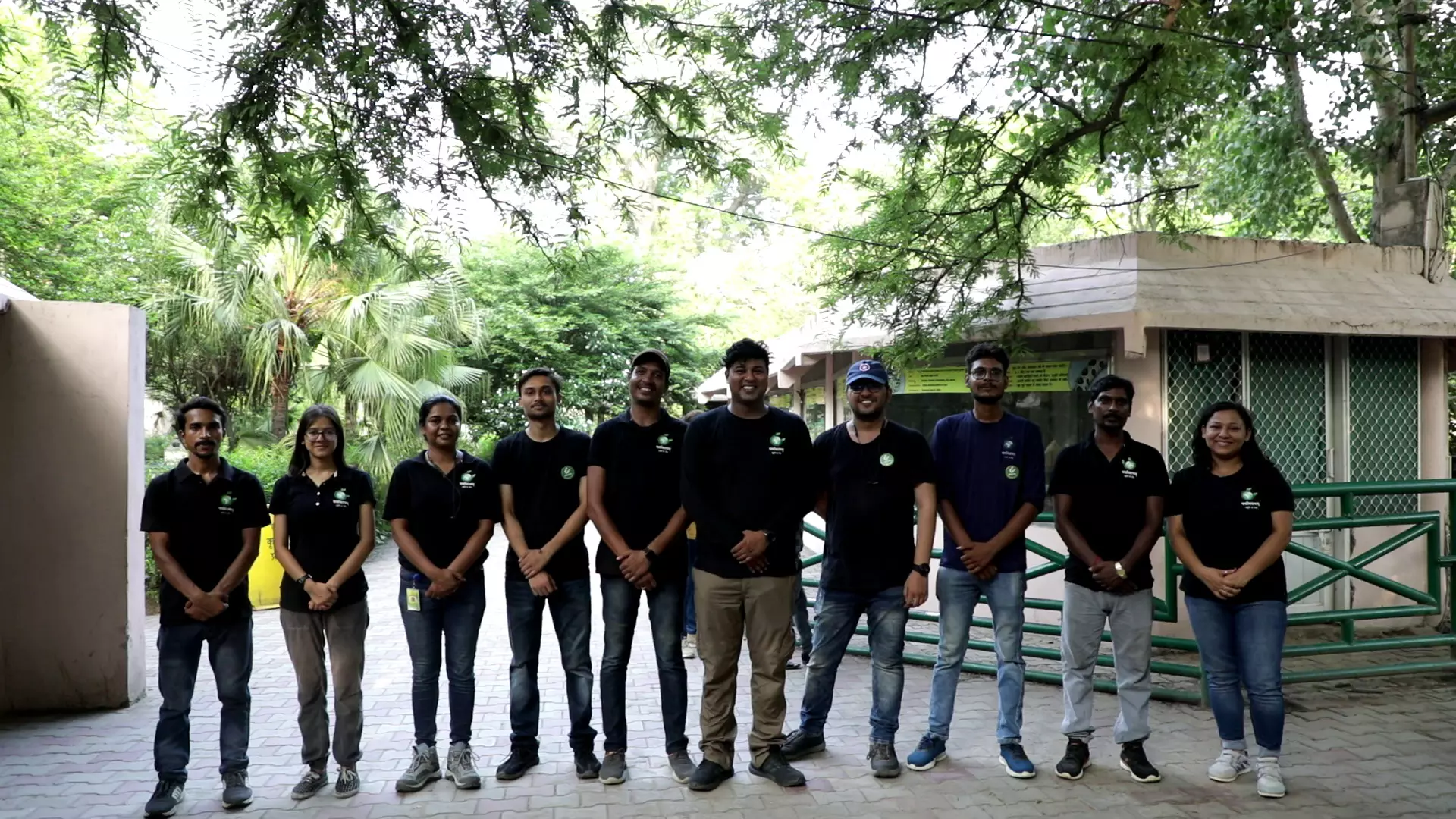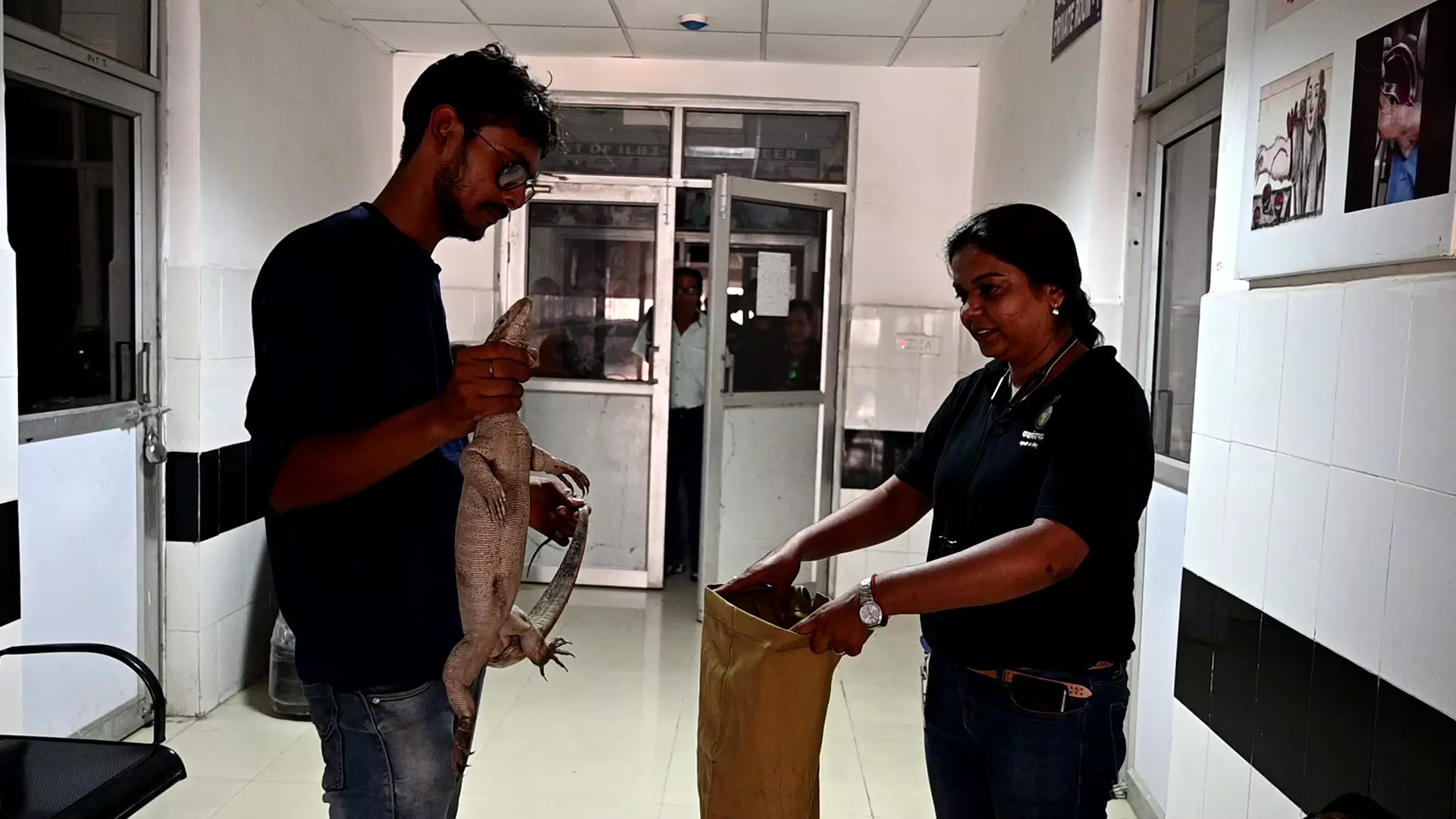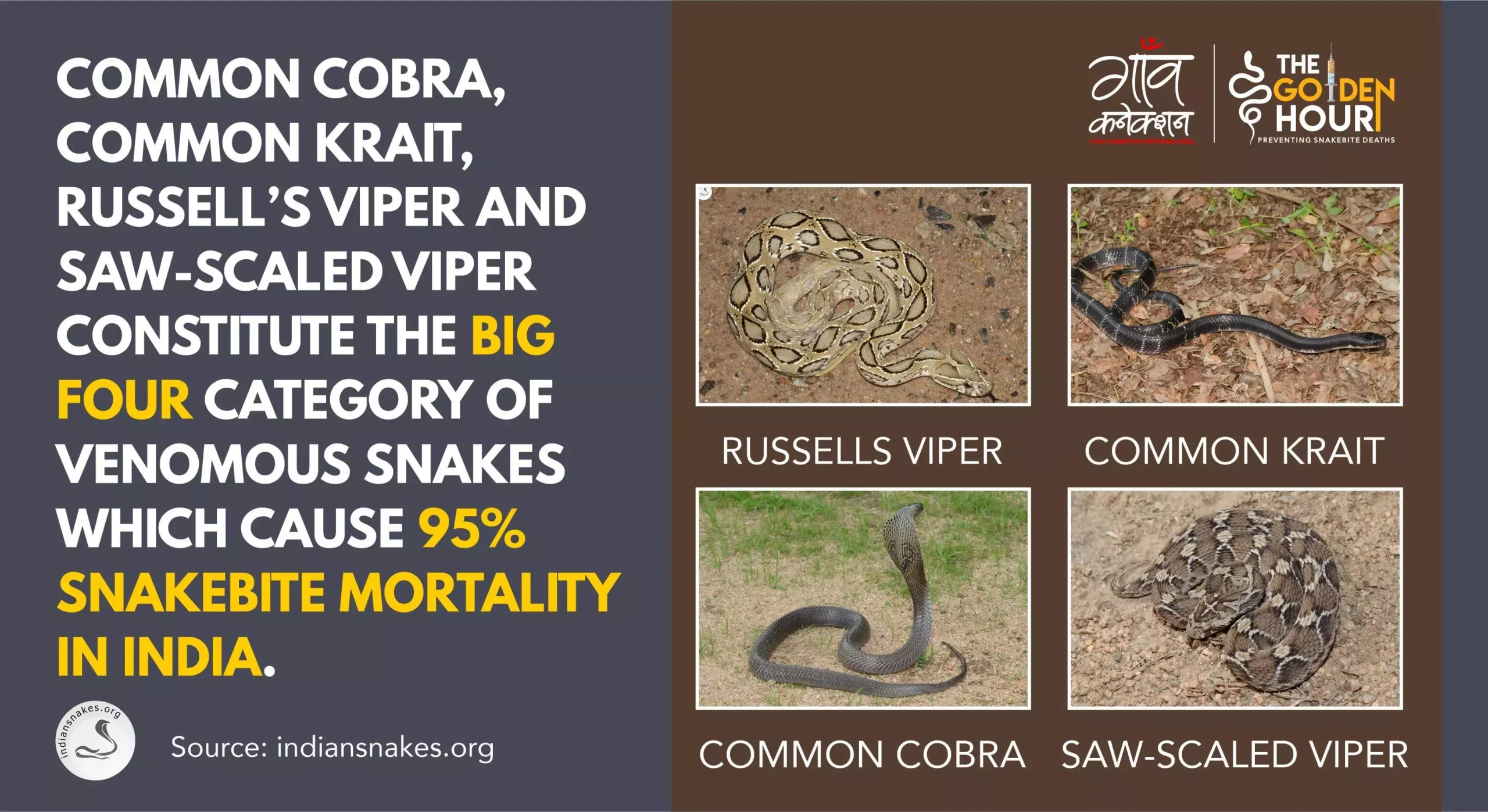For Aditya Tiwari, rescuing snakes is a responsibility — to solve human-snake conflict in local communities and to save lives of both.
The 28-year-old chose to dedicate his life to saving snakes and spreading awareness about them and how they are actually ‘close friends’ of humans.
As part of its campaign called The Golden Hour, launched on World Snake Day last month, to raise awareness on preventing snakebite deaths, Gaon Connection interviewed Aditya, a nature enthusiast who runs a snake rescue helpline in Lucknow.
“The world celebrates Tiger Day, Sparrow Day, etc., but nobody celebrates World Snake Day. Snakes have adopted humans but humans have not adopted snakes. Hence, the conflicts and deaths,” Tiwari, the founder of the Lucknow-based non profit Paryavarnam, told Gaon Connection.
“This profession is very dangerous. There have been deaths due to bites from venomous snakes, and we risk our lives every day,” he said.
Watch Video
A risky operation
The snake rescuers have nothing called a break. They can be called any time of the day or night.
“We often get called out late at night. We have spent entire nights in rescue operations,” Tiwari said. He joked that snake rescuers had the uncanny ability to sleep at any time of the day and anywhere when they get the opportunity to do so.
Tiwari described a recent snake rescue operation at a poultry farm. A cobra had got caught in the mesh wire fencing and was trapped there for two days in the scorching heat.
“The snake was obviously angry. We had to catch the head of the snake and they cut the mesh wire around it. Had we been careless, the cobra could have bitten us,” he said.
It has been over a decade since Aditya has worked in the field of snake conservation.
“Back in 2012 when I was in class twelve. I saw a snake, beautifully coiled near my home. I stepped closer to it for a better view when a flying chappal came and hit me. It was my furious mother who had thrown it at me,” he laughed. As it turned out, that snake was a common wolf snake (non venomous). In such cases people usually kill the snake,” regretted Aditya.
The Paryavarnam team of 12 led by Tiwari has rescued over 6,000 snakes from across Uttar Pradesh. Uttar Pradesh is one of eight states in the country that reports the highest incidences of death due to snake bits (8,700) in a year. On average, about 58,000 people in India lose their lives due to snakebites each year.

Prachi was 18-years-old when she rescued her first non-venomous snake. Photo: Abhishek Verma
The youngest member of the team is 20-year-old Prachi Tiwari. Prachi was 18-years-old when she rescued her first non-venomous snake.
“Since my childhood, I have had an affection for animals. We fear those things that we have no knowledge about. I studied about snakes, their behaviour, and I overcame this fear. Being a woman, there is an added advantage in rescuing snakes as we have empathy. Soft emotions help,” smiled Prachi, who has rescued at least 15 non-venomous snakes so far.
Snakebites increase during the monsoons and along with it calls for help go up to. The non-profit gets upto 15 calls a day during the monsoons. On an average, they get at least five calls a day in a year.
The team led by Aditya has volunteers from Lucknow who either hold other jobs or are full time into nature and wildlife conservation.

The Paryavarnam team of 12 led by Tiwari has rescued over 6,000 snakes from across Uttar Pradesh. Photo: Abhishek Verma
When Devyani Singh met Aditya, she told him she wanted to be a snake rescuer.
“He asked me one question — how many snakes there are in Lucknow, venomous and non venomous. I did not know then,” Devyani recalled.

“I quit my teaching job to pursue my passion. At first, my family was completely against it but now they take pride in what I do for wildlife. It is not very common,” she added.
Devyani has been rescuing snakes for over five years now. It was a challenge initially as she would be called out at night too, but now her family has come to accept it as part of her job and family members support her.
She has rescued venomous snakes such as Vipers, Krait and Cobra, and a python that was 11 feet long.
Apart from Lucknow, the non-profit’s snake rescue helpline works across Hardoi, Prayagraj, Raebareli, Gonda in Uttar Pradesh.
In India, around 90 per cent of snakebites are caused by the ‘big four’— common krait, Indian cobra, Russell’s viper and the saw scaled viper.

Snakes are friends, not foes
Despite thousands of deaths due to snakebites and millions of snakebites every year, the rescuers firmly believe that snakes are “good friends” of humans. Aditya called snakes “free pest controllers’ ‘ as they preyed on rodents that can cause diseases to humans and destroy crops.
But why do snakes attack humans? Why do they even come into homes? “Food, shelter, reproduction — these are the three reasons why snakes hide in homes,” Aditya explained.
“And where there is waste (food), rats will be there and they in turn attract snakes. For snakes, our home is like a free hotel,” said Aditya as he emphasised the need to clean up our surrounding areas in order to prevent the snakes from entering human habitat.
“We do not want to rescue snakes. We do it out of helplessness. Our main aim was to spread awareness among masses because when they are aware, they will let snakes go and we will not have to do the rescues,” he said.




















